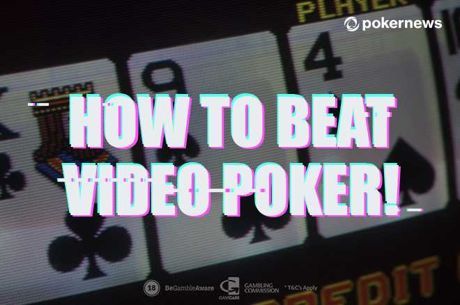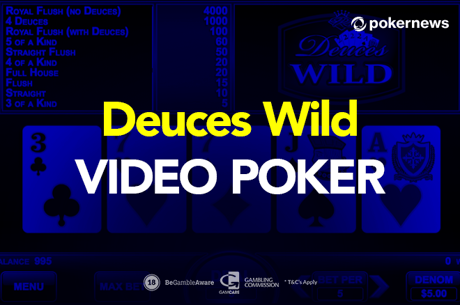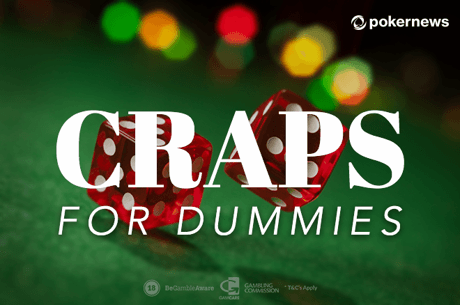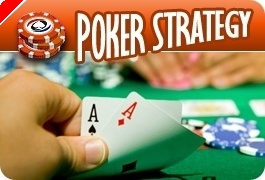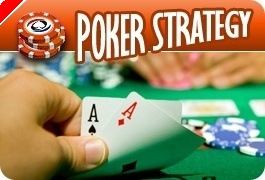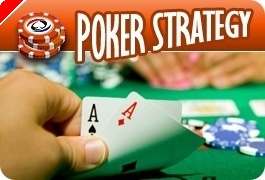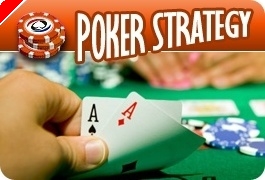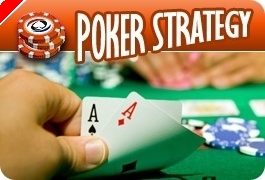Stud Poker Strategy: Fifth Street Decisions
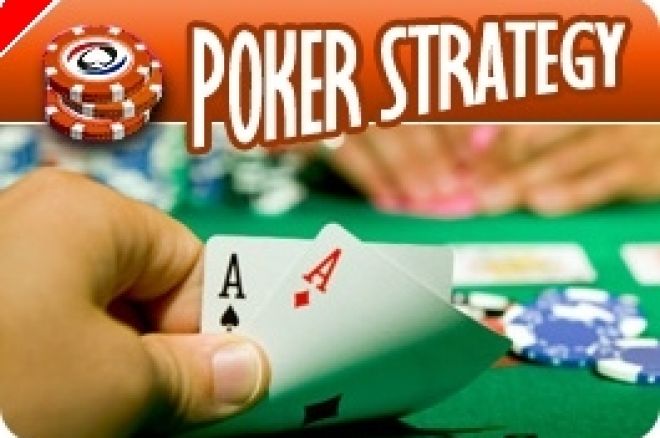
After my last column when I explored a decision to fold a four-flush on fourth street, I've had some questions about other, similar situations. Since poker is a game of decisions, try your hand at figuring out what to do in the following situations.
Here's the first one. You are playing $10/20 stud with a $1 ante per player and a $3 forced bet from the low card. You have a four-flush on fifth street with (J?3?) 7?8?2?. Your opponent, who rarely bluffs, raises the bring-in that you had called on third with an ace. You also called when he caught a queen on fourth. Now it's fifth street and he catches a ten. None of his cards are suited. Three of your suit are out. The pot has been heads up. You are virtually certain he has a pair of aces and he may have two pair. Do you call his bet or do you fold?
Give up?
You should fold.
Those of you who read the stud strategy piece from last week might be confused. Last week we learned that a four-flush against a pair of queens on fourth street was surely worth a call, and quite possibly a raise. It was more likely than not to improve to a winning hand over the pair. We also saw that as the hand progressed to fifth and then sixth street, the four-flush remained worthy of a call because of the pot equity that it had. There were always sufficient implied odds �C and then on sixth street, pot odds �C to call a bet.
But the facts were different. Two of the suit were gone, not three. And one of the queens was in the four-flush hand �C making trips or a full house much less likely in the paired hand. The specifics matter a lot when playing a four-flush.
Here's another fifth-street question:
You have the same four-flush. But your opponent has a presumed pair of tens, not a pair of aces. Does it make a difference?
The answer is not really. You should still fold. What does matter is how many cards are out of your suit and whether his cards are live. If your suit has only two out, then a call is in order. If his cards are dead, then a call is in order even with the four suited cards that are out, though it's very close in both situations.
Here's a final one to test your mettle:
Your tight opponent has raised in early position with a six. The following cards have been folded: K? - 7? - 7? - A? - 4? and the bring-in 2?. Two of your suit (hearts) are out. You have three suited cards headed by an ace in the hole and an exposed jack, and call. Everyone else folds. It's heads up on fourth street. You catch the 8?, giving you (A?3?) J?8?. Your opponent has (x x) 6?9?. You are high on board. You think about betting with your four-flush but decide to check. He bets. You call.
On fifth street you catch an unhelpful, though maybe a little scary, K?. Your opponent gets another nine �C the 9?. He is high and bets. What do you do?
Just to refresh �C you each have:
YOU: (A?3?) J?8?K?
HE: (x x) 6?9?9?
He bets. Should you call, fold, or maybe raise?
First of all, what do you think he has?
It is highly likely that he has two pair. In fact you can be fairly sure of his exact hand. It's most probably, though not definitely, queens up. If you didn't come up with that, here's my reasoning.
Being a tight player, it is unlikely that he would have raised on third street in early position without a pair. That's not in the playbook of a tight player. Similarly, a pair of sixes is unlikely because of all of the high cards that remained after him. It's possible he would have raised with a pair of sixes and an ace kicker, but with the two aces you know are gone, that seems dubious. Similarly, it's not probable that he had a pair of kings, with two kings out. The most likely pocket pair is queens.
How, then, does his hand stack up against your hand at this point in the contest?
You are about a 2:1 underdog. The size of the pot is relatively small, given that the hand was heads-up from third street. You should surely fold.
Just to be thorough, here is the calculation that demonstrates why a fold is in order. There is $11 in the pot from antes and bring-ins. There's an additional $20 from the completion to $10 and the call. The third-street pot is $31. On fourth street, there's another $20 for a pot of $51. On fifth street, the flush draw faces a $20 bet, making the pot $71.00. He will have to call another $20 on sixth street to see his final hand, meaning that when he loses it will cost him $40 more. When he wins he'll win the $71 in the pot when he calls plus another $40 �C for $111. He will win that pot only one third of the time, however �C since he is about a 2:1 underdog. $111 divided by three is $37 �C for a net loss of $3. This is therefore a losing proposition in the long run.
Generally speaking, when your opponent appears to improve on fifth street, even if you have a fairly live flush draw, you should fold. This is true in other ways than having him catch a pair. If it looks like he may now have a draw for a higher flush, you should also fold to his bet. If he pairs his door card you should surely fold to a bet.
I'm speaking about heads-up situations. Multi-player hands on fifth street are an entirely different kettle of fish that I'll deal with in later articles.

